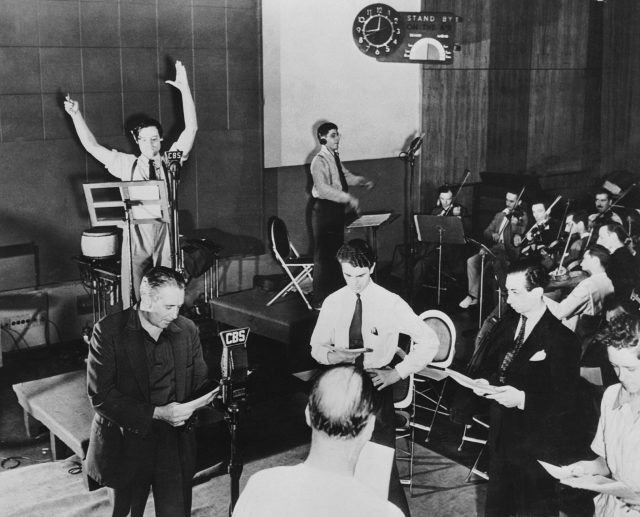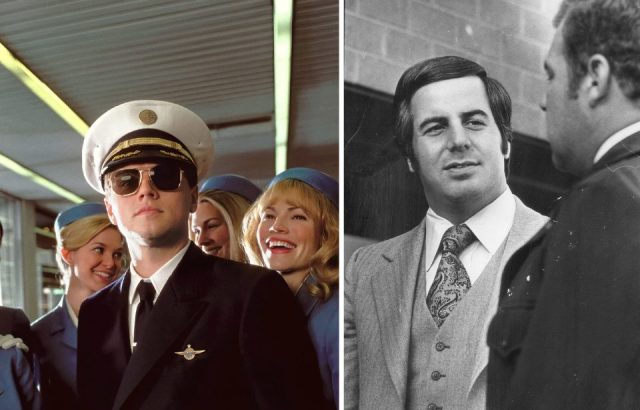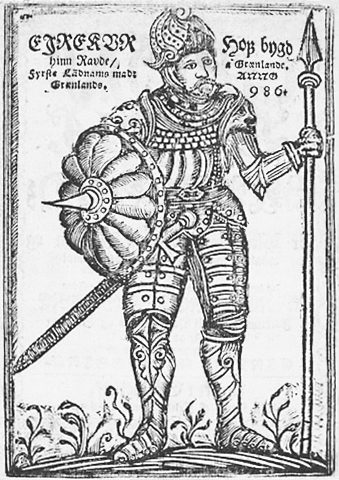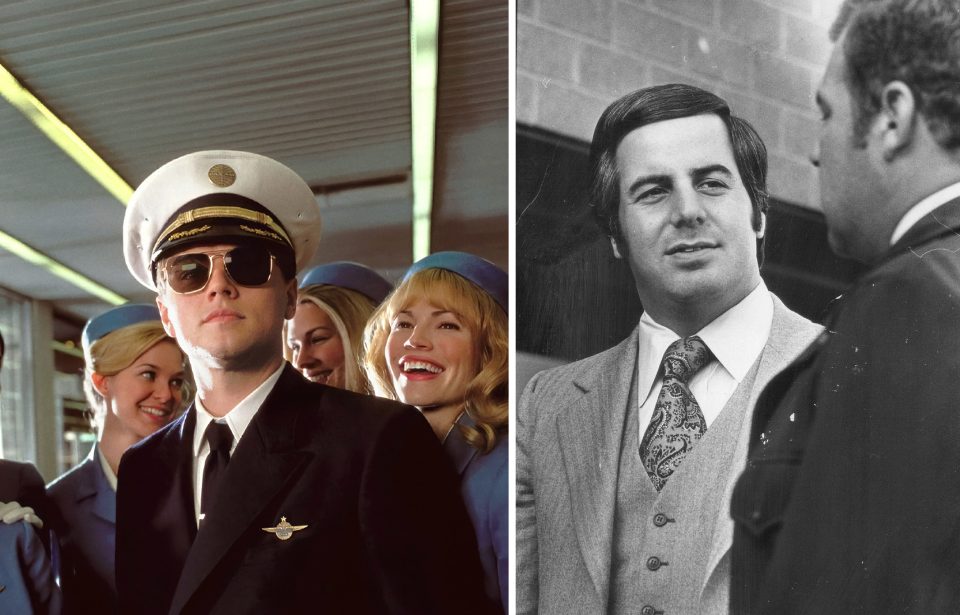Trolling has become part and partial with the internet, but surprisingly it has been around a lot longer than the invention of the web and the rise of social media. In fact, trolling has been around since ancient times. Here we take a look at the ten of the biggest trolls in history and the pranks they played on unassuming people.
Pablo Escobar

Starting off our list of biggest trolls of all time is Pablo Escobar. Pablo Escobar not only snapped a quick picture in front of the White House but also took his family on a trip to Disneyland, all while he was wanted by the DEA and Interpol.
Oliver ‘Porky’ Bickar and the ‘eruption’ of Mount Edgecumbe

On April 1, 1974, a man named Oliver “Porky” Bickar pulled off maybe the best April Fools joke in history. Bickar had taken about one hundred old tires up to the top of Mount Edgecumbe, a volcano located in Sitka, Alaska, that had not erupted since 2220 BCE. He then lit these tires on fire, which produced very dark smoke. The residents of Sitka believed the volcano to be erupting until they discovered a huge message reading “April Fools” spray-painted in the snow.
Orson Welles and “War of the Worlds”

This trolling was perhaps an unintentional one. On the evening of October 30, 1939, radio listeners across the United States heard reports of strange creatures and terrifying war machines moving toward New York City. In reality, this was Orson Welles’s rendition of the H.G. Wells book The War of the Worlds, but unassuming Americans believed it to be some sort of alien invasion. Welles believed that the story was too fictitious to be taken seriously, but nonetheless, his broadcast truly started a panic in America.
Diogenes of Sinope

Diogenes of Sinope was an Ancient Greek philosopher, who, by modern standards, was a legendary troll. Unfortunately, Diogenes left behind no first-hand accounts of his own life, so many of his trolling stories are probably myths and tales. One example of Diogenes being the father of trolling came after Plato had been applauded for his definition of man as a “featherless biped.” Diogenes decided to pluck a chicken of its feathers and brought it to Plato’s Academy, stating “behold! I’ve brought you a man.” After this incident, “with broad flat nails” was added to Plato’s definition of man.
Frank Abagnale Junior

If you have seen the 2002 movie Catch Me If You Can starring Leonardo DiCaprio, then you have a good idea of the story of Frank Abagnale Jr. At age 16, Frank Abagnale Jr. posed as a pilot of Pan Am Airlines to weasel his way onto free flights. He also posed as a physician and an attorney before being arrested. He has since made a career as a security consultant, working closely with the FBI, which was after him for years before he launched his own company.
Pierre de Fermat

It’s not necessarily easy to make practical jokes out of math, but a French lawyer and mathematician did just that, by fooling the entire mathematical community. His most famous contribution to mathematics is often referred to as Fermat’s Last Theorem, which was written in the margin of a book. In this margin, Fermat wrote “It is impossible to separate a cube into two cubes, or a fourth power into two fourth powers, or in general, any power higher than the second, into two like powers. I have discovered a truly marvelous proof of this, which this margin is too narrow to contain.” In other words, Fermat just didn’t have enough room to write out the proof of his theorem. It wasn’t until 1994, (358 years after Fermat wrote this) that Fermat’s Last Theorem was proven.
Andy Warhol

Andy Warhol made many movies that are meant to be watched, but Empire is not one of them. He pointed his camera at the Empire State Building for several days, and in 1965 released his eight-hour movie of slow-motion footage of an unchanging view of the Empire State Building.
Erik Thorvaldsson

More From Us: ‘The Berners Street Hoax- – The greatest practical joke of the 19th century
Erik Thorvaldsson, also known as “Erik the Red” was the person responsible for not only founding the first settlement in Greenland but was also responsible for naming the island of Greenland. He was exiled to the island, and during his exile, he explored the southern tip of the island, later known as “Cape Farewell.” When he returned to Iceland, he introduced his place of exile as “Greenland”- a place filled with future opportunities and lots of vegetation. His main idea was to lure as many people as possible away from Iceland to Greenland for a potential settlement- a feat which he achieved. Erik Thorvaldsson’s trolling stuck because we still refer to this ice-covered island as “Greenland” today.
